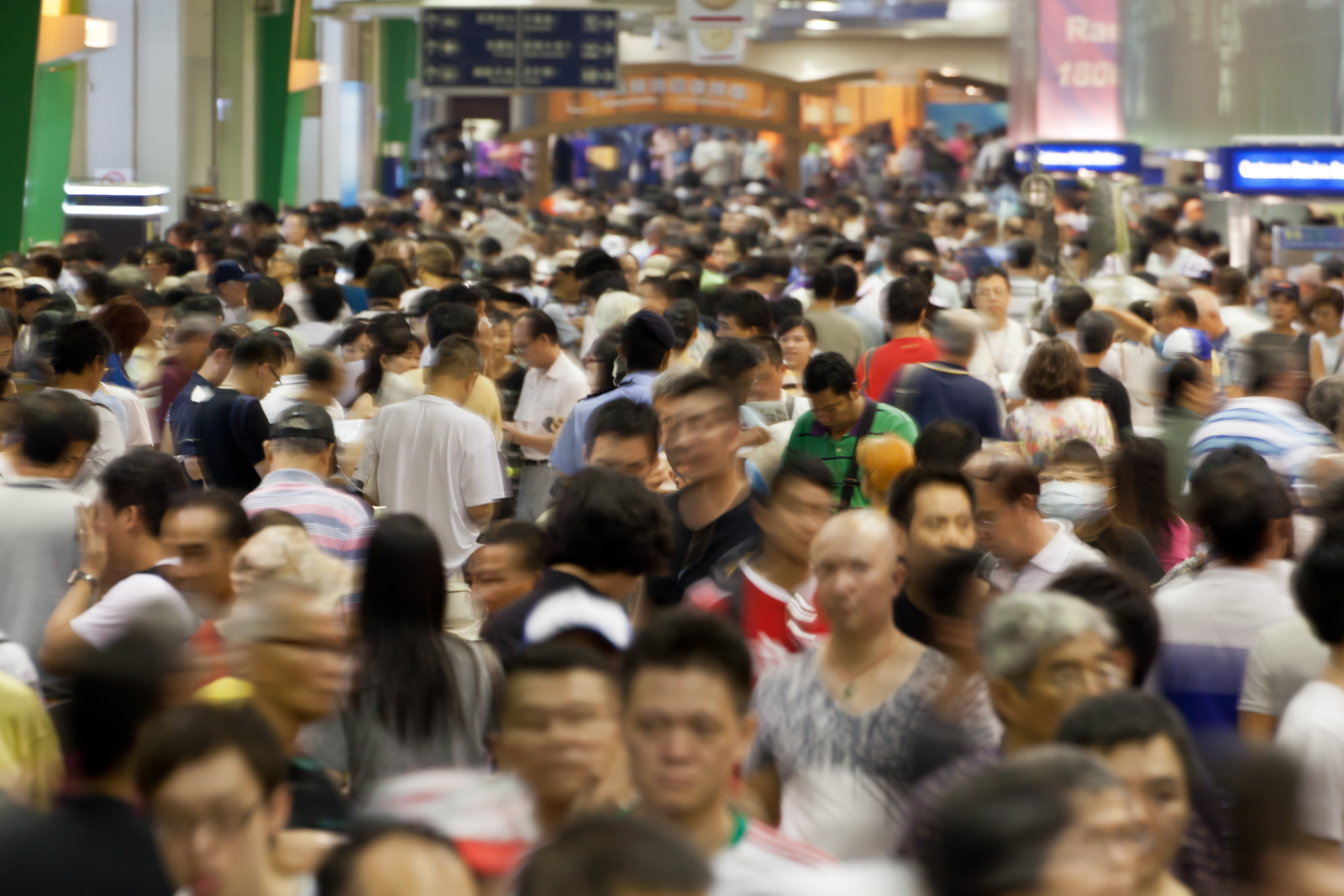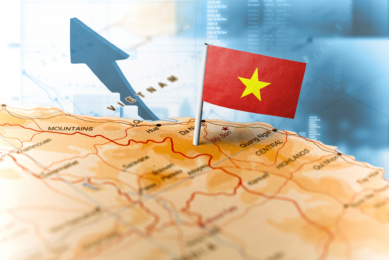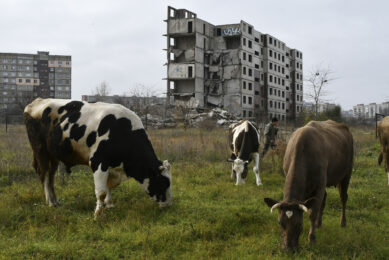BLOG: Do you love a challenge?

I read Fabian Brockötter’s piece “Seven Key Barriers in Feeding The World” with some interest and a certain amount of dismay. Interest, because it identified the problems associated with providing global food security for a 40% population increase. Dismay, because the delegates at the GLIMPSE conference were fed a market driven solution.
To start off, I’ll put my cards on the table. I’m a believer, not a denier. That doesn’t make me a fanatical eco-warrior, or someone who rises each morning to the dawn chorus of the rain forest and swims with dolphins before breakfast. (Although it would be criminally negligent to ignore the implications of losing either opportunity) But I do hold the view, based on the available science – and a healthy dose of spiritual instinct for that matter – that the causes of the weather event extremes we have experienced over the last couple of decades or so are associated with global warming, and that the warming is caused by human activity associated with the burning of fossil carbon reserves for power generation and the clearing of carbon forest reserves for food production.
Because if it’s not that, and the changes are part of a natural cycle, we’re in more trouble than the dinosaurs!
Now I know AllAboutFeed is a site for the global feed industry, and that the feed industry is made up of people who derive their livelihood from adding value to one form of nutrition so that it has greater market appeal in their drive for greater market share. And it follows naturally, that should the market be expanded there’s more to share around. It has always been so. The question I’d like to pose is this: is it time we took a long hard look at ourselves, and the way we are using our planet? Or more succinctly, overusing our planet.
Getting back to the challenge Fabian’s article presents – finding enough feed for another three billion souls over the next 40 year – I can’t help thinking of an urban motorway construction designed to relieve traffic congestion. Before you know it, it’s as big a ‘car park’ as the one it was meant to relieve. More roads = more cars. The world population explosion is not a natural occurrence; it’s happened because we’ve produced more food.
Putting aside for the moment the climatic abyss to which we are pushing ourselves, consider the exponential nature of population growth. Supposing the planet survives the 40% increase in exploitation; what do we do when we reach the projected 10 billion?
If we want a challenge – and who doesn’t love a challenge? – surely the real challenge would be to gently reduce the global population by 3 billion over the next 40 years. Our planet’s ecological system is already showing signs of frightening imbalance. With weather events from searing heat waves, bushfires & droughts to explosive cyclones & floods of biblical proportions, we may have already pushed ourselves beyond the limit of its ability to maintain a habitat favourable to human habitation.
And you’ll get no argument from me that ‘feeding the world offers many opportunities’ for agribusiness, nor that increasing production is challenging. To me the real opportunity and challenge is to come to grips with reality.
And while I’ve got you there, if 80% of the world’s population live on less than US$10 a day, as is claimed by Global Issues‘ website, why in heavens name do we need more people on the planet?











